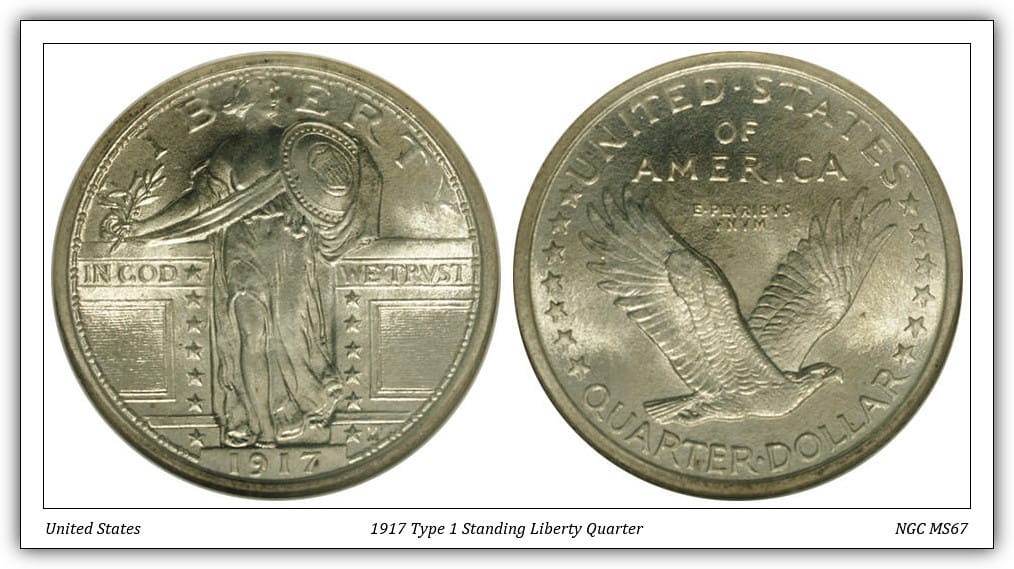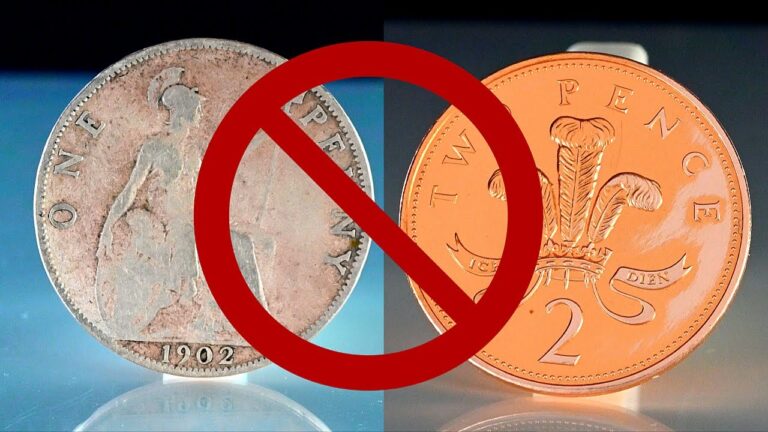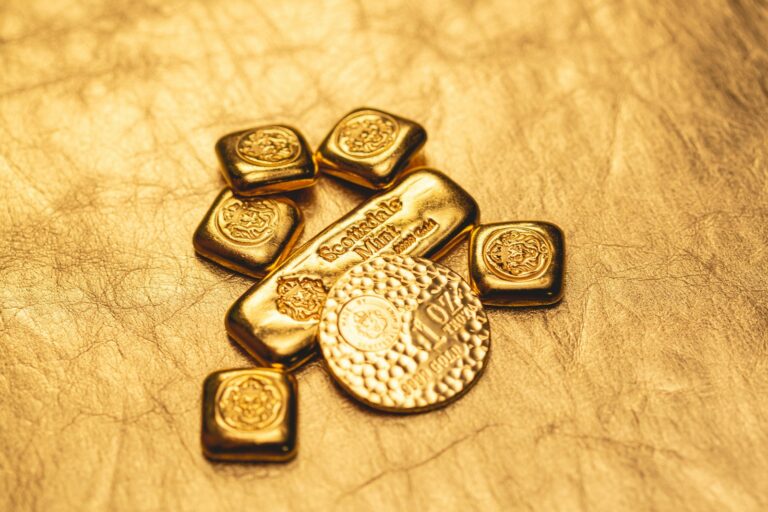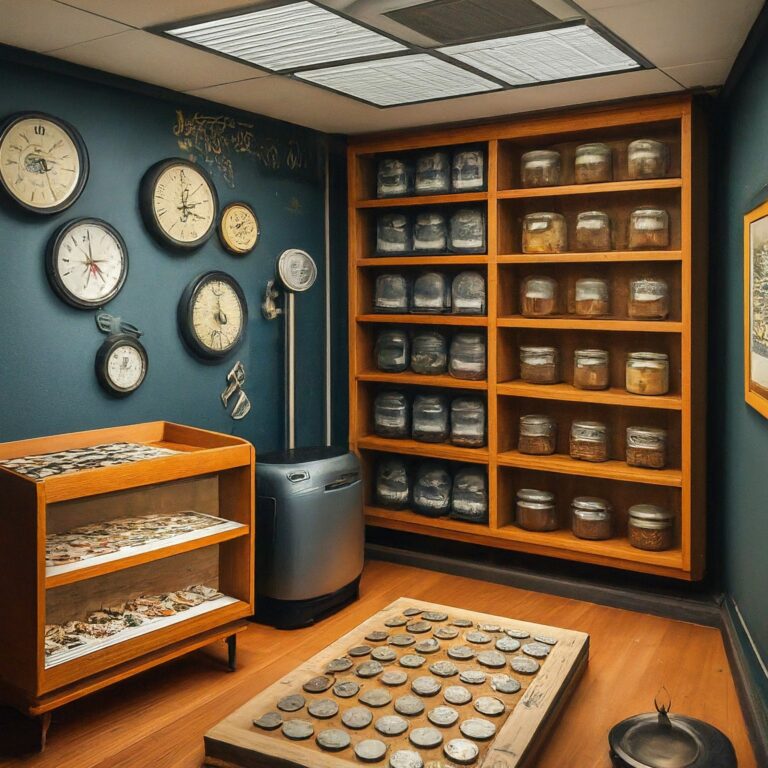Coin Care: Understanding Coin Grading and Its Importance

Coin grading is like a report card for your coins, letting you know their condition and helping you understand their value. This guide explains the basics of grading, what makes it essential for preserving your collection, and practical ways to apply it to your coins.
What is Coin Grading?
Definition
Coin grading is the process of evaluating a coin’s condition based on specific criteria like wear, luster (shine), and design clarity.
- Simple Example: Imagine you have two old coins—one is bright and detailed, while the other is dull and scratched. Grading distinguishes these coins, helping you see why one might be more valuable than the other.
Grading Scales
The most common grading system is the Sheldon Scale, which ranks coins from 1 (poor) to 70 (perfect). This scale provides a consistent standard for collectors.
- Scale Details: Coins are assessed based on preservation, strike quality, and overall appearance. A coin with a sharp design and bright luster would rank higher than one with wear and dullness.
Why Coin Grading Matters
Grading is essential for anyone serious about coin collecting because it affects value, authenticity, and investment quality.
- Determining Value
A coin’s grade directly influences its market value. A high-grade coin of the same type, year, and mint can be worth significantly more than a low-grade one.- Example: An 1880 silver dollar in “Mint State” (graded 65 on the Sheldon Scale) might sell for hundreds or thousands of dollars more than a similar coin with heavy wear (graded 20).
- Assuring Authenticity and Certification
Professionally graded coins are often certified, which helps confirm they’re authentic and accurately graded. Certification services, like NGC and PCGS, are trusted worldwide.- Example: A coin with an NGC certification tells collectors it’s genuine and graded by experts, which adds to its value and market confidence.
Key Criteria for Grading Coins
The condition of a coin depends on several factors. Here’s a quick look at some of the main grading criteria:
- Wear and Tear
The amount of surface wear shows how a coin has aged or been handled. High points on a coin often wear down first, so collectors look here for signs of aging. - Luster
Luster is the coin’s shine or reflective quality. Coins that appear bright and untouched have high luster, showing minimal handling.- Observation Tip: Hold the coin under a light and check for a clean, reflective surface—luster fades as handling increases.
- Strike Quality
Strike quality looks at the sharpness and clarity of the coin’s design. A well-struck coin has clear details and defined edges, showing it was struck properly during minting. - Eye Appeal
Eye appeal refers to the coin’s overall look, including its color, tone, and any unique visual characteristics.- Observation Tip: Eye appeal is somewhat subjective but generally refers to a coin’s attractiveness. Bright, evenly toned coins are more appealing than dull or discolored ones.
Practical Coin Care Tips
Grading helps you understand a coin’s condition, but maintaining that grade means handling your coins with care. Here are some easy, practical steps to preserve their quality:
- Handle Coins Properly: Always hold coins by the edges to avoid fingerprints, which can reduce luster.
- Store in Protective Cases: Use soft, non-abrasive holders to keep coins from rubbing against each other or external surfaces.
- Avoid Cleaning Coins: Cleaning can damage the coin’s surface and affect its grade. Let certified experts handle any necessary cleaning.
- Control the Environment: Store coins in a cool, dry place to avoid moisture, which can lead to tarnish or corrosion.
Additional Resources for Collectors
For further exploration into coin grading, check out these resources:
- American Numismatic Association (ANA) – Offers courses and certifications in coin grading.
- NGC Coin and PCGS – Leading certification services with educational resources on grading and coin care.
Conclusion
Understanding coin grading is essential for anyone serious about coin collecting. With the basics in hand, you’re better equipped to assess and preserve your collection’s value. By recognizing factors like luster, wear, and strike quality, you can make informed decisions and confidently care for your coins over time.






